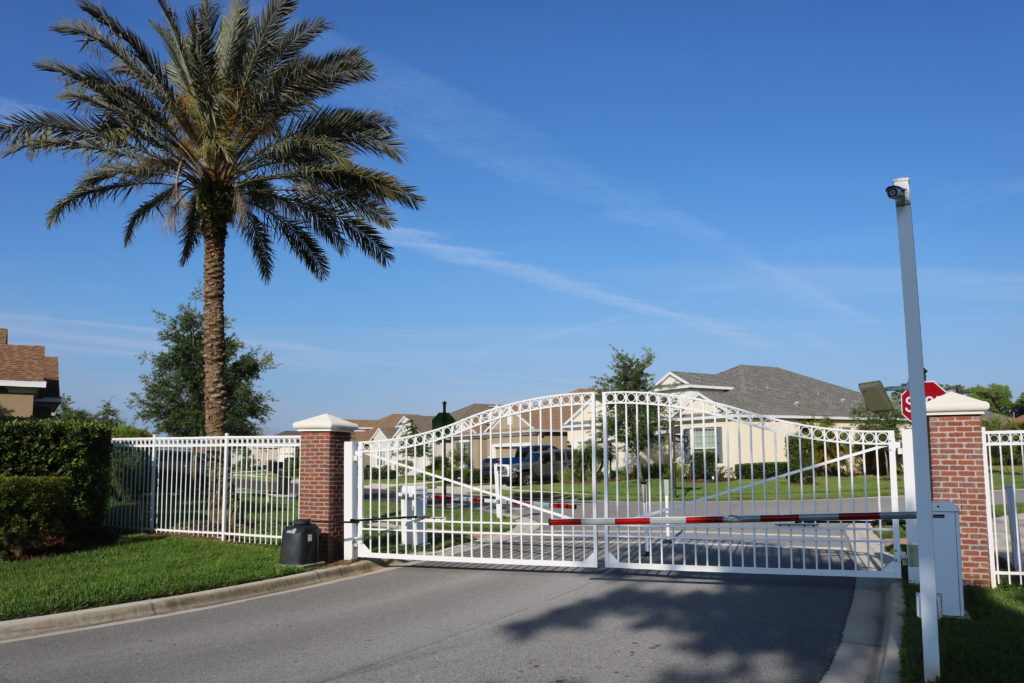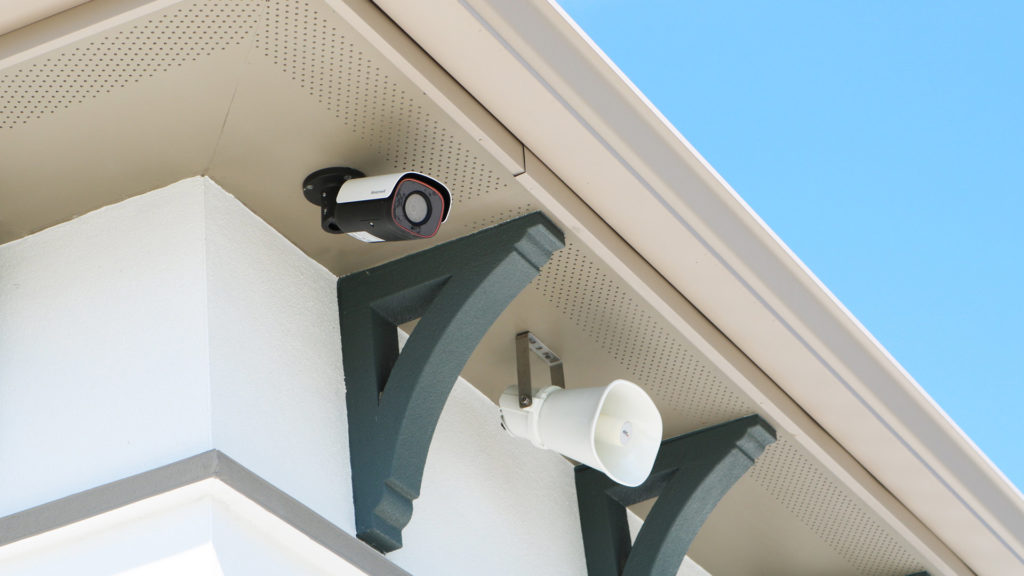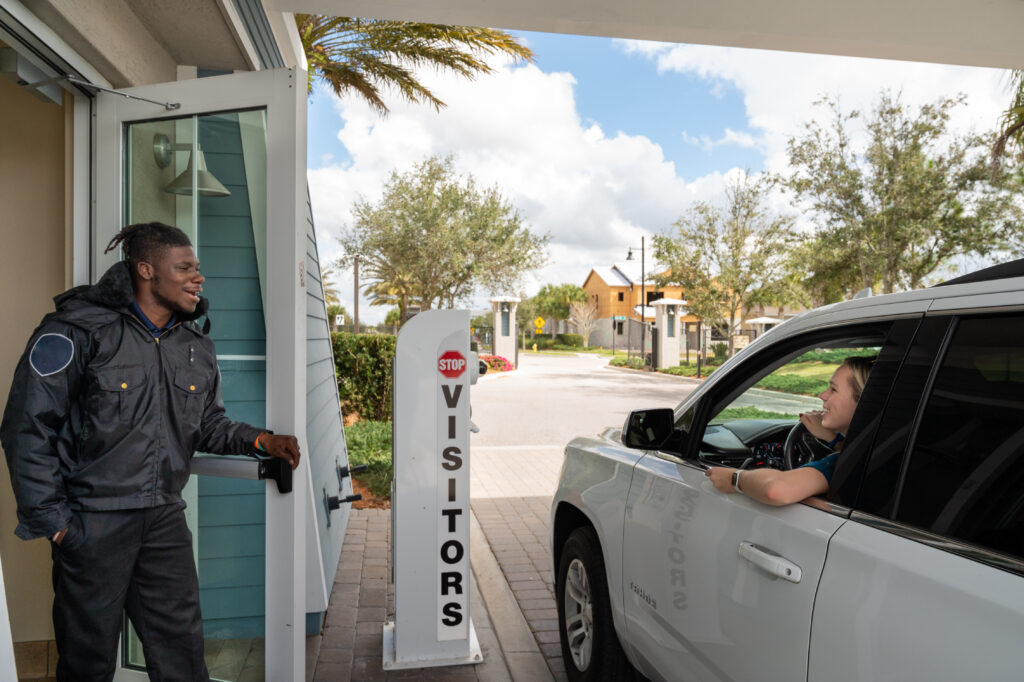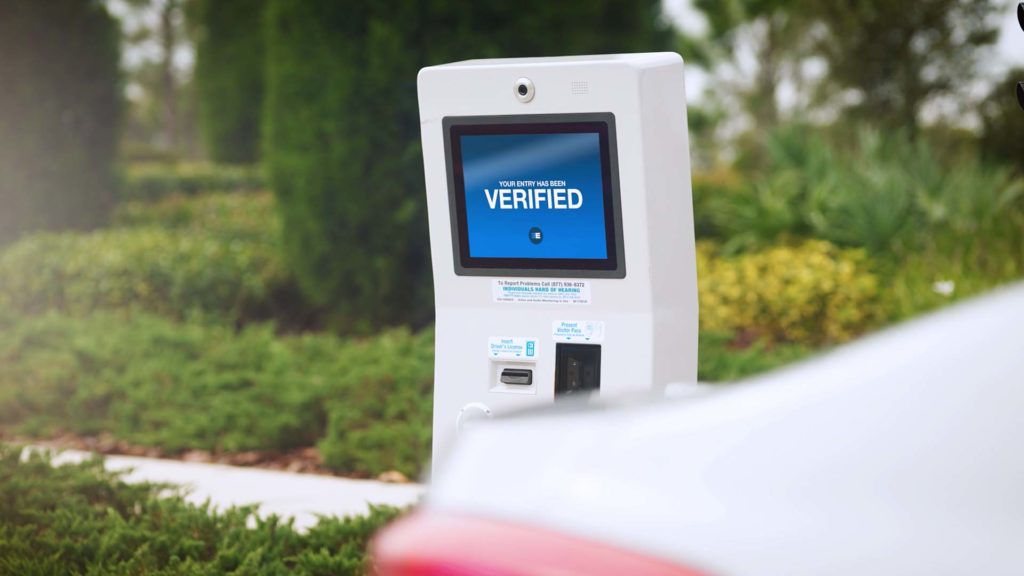With so many advancements in technology and security, the thought of discussing community safety can be overwhelming. Planning and knowing the security basics can make a difference.
While an efficient security plan should and will be detailed, it is helpful and simple to start with the basics. With one simple set of practices, every community can start to develop a security plan that works appropriately for their residents and neighborhood needs.
The easiest place to start is with the Crime Prevention through Environmental Design, or CPTED (pronounced sep-ted), guidelines. This concept includes three measures which explain how an environment can be manipulated, re-designed, and re-used to influence certain behaviors. In this case, the behavioral effects include reducing types of criminal activities and increasing a perception of safety.

Mechanical measures are likely the most common form of CPTED with the utilization of technology and/or hardware. Structural elements like fences, gates, and locks help define a private area. When amenities are not blocked off, there is a perception that the area is open to other users. Additional technological systems such as alarm systems, access control, and video surveillance help increase the indication of a private area or an area that is closed during certain times.
When assessing or re-designing the mechanical measures at a community, it is important to address a common mistake. One, dummy cameras, although affordable, do not protect or secure a community and its amenities. For experienced criminals, dummy cameras are easy to identify. Therefore, eliminating one of the basic reasons for a camera systemprevention. Should the criminal realize the camera is fake, there will not be any proof of the incident. It also creates a false sense of security for residents or guests at the community, which can lead to legal ramifications. Acquiring a proper video surveillance system is an investment that will help the community and residents in the future.
Natural measures are often overlooked methods of CPTED. This includes how landscaping, lighting, and window placements are designed to increase the visibility of homes and amenities. While some homeowner’s prefer large bushes, trees, and hedges around their house for privacy, those homes are also more susceptible to criminal activity because there is not a line-of-sight around the area. This creates hiding places for criminals and blocks the visibility for onlookers who might notice suspicious activity.
The third and final measure of CPTED is the human element. This method is used for observing, reporting, and/or responding to security incidents in a community. Neighborhood watch organizations, roving patrols, gate attendants, and virtual guards all fall into this category for monitoring and securing an area. When one or more of the human measures is used in a community, it is portrayed as a private area, and a sense of ownership is displayed to visitors, trespassers, and potential criminals.
It is important not to confuse the results of a telephone entry system with a virtual guard or onsite gate attendant. At most, a call box can deter potential trespassers, but this type of system is often faulty and cannot detect, respond, or provide evidence when an incident occurs at an entrance. Call boxes are also frequently misused, codes are passed around, and they can be time-consuming to use for community guests when scrolling through a resident database.
When re-designing and implementing a security plan with CPTED, an onsite gate attendant or virtual guard is a more secure method for a gated community entrance. If deciding between the two, a community should speak with a variety of providers to see what system(s) will work best for their needs. Research different forms of visitor verification used by providers, compare features and benefits of equipment, and ask about service and maintenance plans after installation and implementation.
Starting with the three measures of Crime Prevention Through Environmental Design will help a community address an initial security plan. For a security plan to be most effective, it should address in some way or method how crime will be prevented or deterred, as well as how crime will be detected if it cannot be prevented. If criminal activity is detected, how or who will respond and what evidence will be provided.
In addition to altering the behavior of potential criminals, the quality of life can also improve for residents and community guests when CPTED measures are properly applied and a security plan is in place. This set of basic, security guidelines can create increased feelings of safety, productive awareness, and a substantial sense of ownership for the entire community and welcome visitors.
You can read the complete issue and original article here: FLCAJ – February
You can also download the article here.






